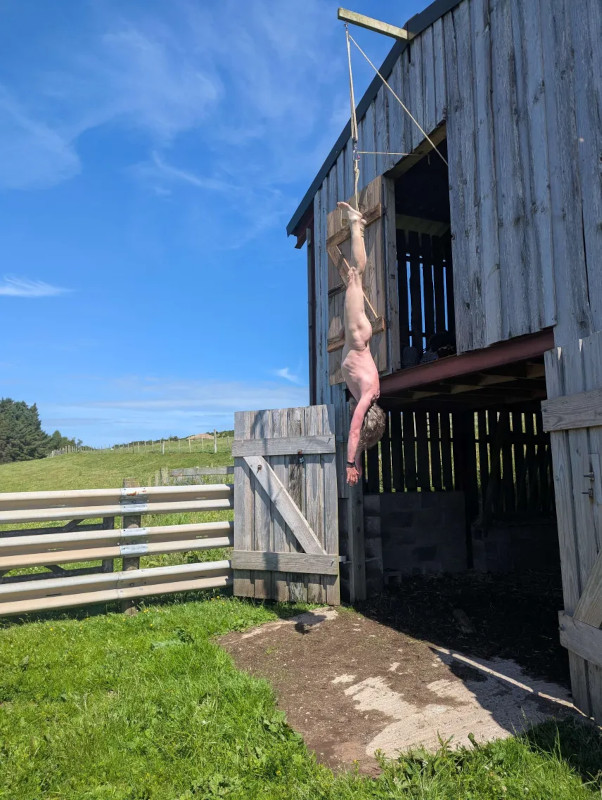Don't know, don't care

I first wrote about the principle 'don't know, don't care' in my essay Post-scarcity software in February 2006 — which is to say, twenty years ago. There's a lot wrong with that essay, seen from this perspective; my thoughts have moved on a fair bit. But there's far more right than there is wrong.
Firstly, everyone who uses software already uses the principle 'don't know, don't care'. We have to. The code we write (almost always) is built on top of libraries. We use libraries rather than reinventing everything ourselves for reasons of cognitive overload: we cannot keep all the details of all the layers of software under us in our heads and still have room for our own work. We don't know, and don't care, exactly what goes on inside the library code, provided the contract expressed by the API is delivered and the performance is acceptable. If the API contract isn't delivered, we file a bug report. If the performance isn't acceptable, we typically look for an alternative library.
Continue reading →Flying out the hayloft

Ever since I built the cattle shed, and added the derrick to the front of it to allow bales to be hoisted up, I've thought that would make a very cool place to do a suspension. But it's also an extremely dodgy place to do a suspension, because the derrick is a Douglas fir beam 150x50mm cantilevered out of the front of the shed, with a pigtail hook screwed into it. Vertically below the derrick is a concrete ramp. Any fall onto that ramp could cause serious injury.
So there are two problems here: one is having a sufficient safety line in case the primary lift hoist fails — either because the tackle itself fails (unlikely) or the derrick fails (somewhat less unlikely); and the other is getting the person to be suspended up there. The answer to the second problem is in essence simple: you could just hoist the person up from the ground. But, given that there's a doorway right there, you don't have to.
Continue reading →365 posts
Checking my blog yesterday, I noticed that I had published 365 posts, one for every day of the year. Which, considering that the oldest post that remains is from the 24th June 2004, almost twenty one years ago, means that I've averaged one post every twenty-one days over that period. Mind you, I've not been consistent; there've been periods I've posted more, others I've posted less.
How often have I posted?
The frequency of posts is as follows (top ten years):
Continue reading →Place Standard Tool Summariser: Full Test Run

As I've mentioned before, I'm working (with a group of other volunteers) on producing a Local Place Plan for Auchencairn, and, in the process of doing that, we're using the Place Standard Tool. Data from the Place Standard Tool is delivered as an unwieldy CSV file with 53 columns, most of which contain narrative data. This is pretty hard to analyse.
I'm prejudiced against 'Artificial Intelligence' summarisers, because I do to some extent understand how the technology works and know how shallow it is. But other members of the working group urged that we should use it, so I've written a tool to automate summarising the data. And, actually, I'm quite pleased with it.
Continue reading →On Village and Community

A village is a (small) settlement; a collection of dwellings in which people live, and with additional buildings in which at least some of them work, where they shop, where their children are educated. A community is a group of people bound together by common interests and friendship. Are these two things the same? In Auchencairn, it increasingly feels that they are not, that there are (at least) two communities, with a worrying degree of stress between them.
So how can we plan to make things better?
Continue reading →